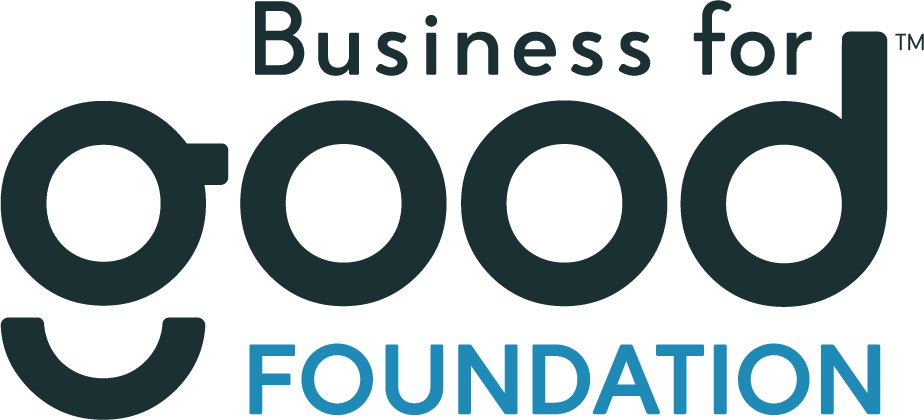News
October 5, 2023Saratoga County Sheriff’s Office Touts Success of Project Lifesaver; Encourages More to Sign Up to Save Lives
The Saratoga County Sheriff’s Office encourages families to sign up for Project Lifesaver, an initiative dedicated to enhancing the safety and well-being of individuals at risk of wandering and getting lost to change the way the community responds to the needs of those with cognitive disorders, such as Alzheimer’s disease, Autism, and other related conditions.
Project Lifesaver operates on a simple yet powerful principle: time saved is lives saved. The program utilizes a transmitter tracking device worn on the individual’s wrist or ankle to aid in search efforts should that person go missing. The Sheriff’s Office has a receiver that can quickly pick up the tracking device’s frequency, providing for a 95% reduction time in locating the missing person compared to someone who isn’t wearing the device. On average, when a Project Lifesaver participant is reported missing, they are located within 30 minutes of the Sheriff’s Office receiver picking up their bracelet transmission.
The Saratoga County Sheriff’s Office has the largest number of Project Lifesaver participants served in New York State with 175 participants in the County program. Nationwide, Saratoga County (population 238,797) has the third highest participation rate of any county in the country, following only Los Angeles County (population 10 million) and Virginia Beach (population 500,000). Per Capita, Saratoga County ranks highest in the country for program participation.
In the 8.5 years the Saratoga County Sheriff’s Office has used the program, 50 Project Lifesaver participants have been quickly and safely located.
This innovative program has become a beacon of hope for families and caregivers across our region and the Sheriff’s Office encourages more families to sign up for this free program.
Saratoga County Sheriff Michael H. Zurlo said, “When a loved one goes missing, time is of the essence. Project Lifesaver allows us to quickly respond to reports of missing participants, which saves lives and reduces potential injury for adults and children with the propensity to wander due to a cognitive condition. I encourage anyone who has a family member, young or old, who wanders, to sign up for Project Lifesaver through the Saratoga County Sheriff’s Office; this simple yet effective program can give you and your family peace of mind for the safety of your loved one.”
The bracelet, transmitter, and battery are provided free to families. The Sheriff’s Office routinely checks in with participating families to ensure the equipment is working properly and to replace batteries. The Sheriff’s Office receives a portion of the equipment through a program of the New York State Department of Criminal Justice Services.
Jackie Roberts and her family were Saratoga County’s first Project Lifesaver participants when she signed her son Ryan up for the program. Roberts has been instrumental in growing the program through outreach with Autism families in Saratoga County.
Roberts said, “Project Lifesaver has been life changing for our entire family. That first night that Ryan had on his transmitter brought a sense of peace that I had never felt in his entire life. I knew that if he did get out and wander that our new friends, The Saratoga County Sheriff’s Department, were only a phone call away. We now have a sense of freedom and peace of mind that I never thought possible as an Autism family. We will forever be grateful to the Saratoga County Sheriff’s Department for allowing us to be part of this amazing program for 8.5 years.”
Project Lifesaver can help give peace of mind to caregivers of adults with Alzheimer’s as well.
“The advice I typically give to caregivers of people in the early stage of Alzheimer’s is that it’s not a question of if their loved one will wander away, but when. That’s because six in 10 people living with dementia will wander at least once, but many do so repeatedly,” said Gwen Rowland, Saratoga County Program Manager for the Alzheimer’s Association Northeastern New York Chapter. “I believe the best approach to the problem of wandering isn’t just trying to prevent it, but to prepare for its occurrence. It’s really thinking ahead of the worst-case scenario of if my loved one walked out the front door, how would I find them again. That’s where Project Lifesaver comes in. It’s incredibly effective and keeps our most vulnerable community members safe, while giving their families greater peace of mind.”
Key Highlights of Project Lifesaver:
1. Rapid Response Technology: Project Lifesaver equips individuals at risk with a wearable tracking device that emits a unique radio frequency signal. In the event of a wandering incident, specially trained search and rescue teams can quickly locate the individual using specialized receiver equipment, reducing search times from hours or days to mere minutes.
2. Community Collaboration: This program fosters collaboration between local law enforcement, emergency services, and healthcare providers. By working together, these stakeholders create a network of support that ensures the safety and well-being of individuals with cognitive disorders.
3. Peace of Mind for Families: For families caring for loved ones with cognitive conditions, Project Lifesaver provides peace of mind and a sense of security. Knowing that trained professionals are just a call away can significantly reduce stress and anxiety.
4. Lifesaving Results: Project Lifesaver has an impressive track record, with countless success stories of lives saved and individuals safely returned to their families throughout the US, Canada, and Australia.
The Saratoga County Sheriff’s Office remains committed to promoting the program’s mission of ensuring the safety and well-being of those at risk of wandering. To learn more about Project Lifesaver and how you can get involved, contact Deputy Jason Lang of the Saratoga County Sheriff’s Office at 518-944-6288 or jlang@saratogacountyny.gov.
The Project Lifesaver Program is a non-profit organization that began in Chesapeake Virginia in 1999. It now has more than 1,100 participating agencies across the US, Canada, and Australia.


























